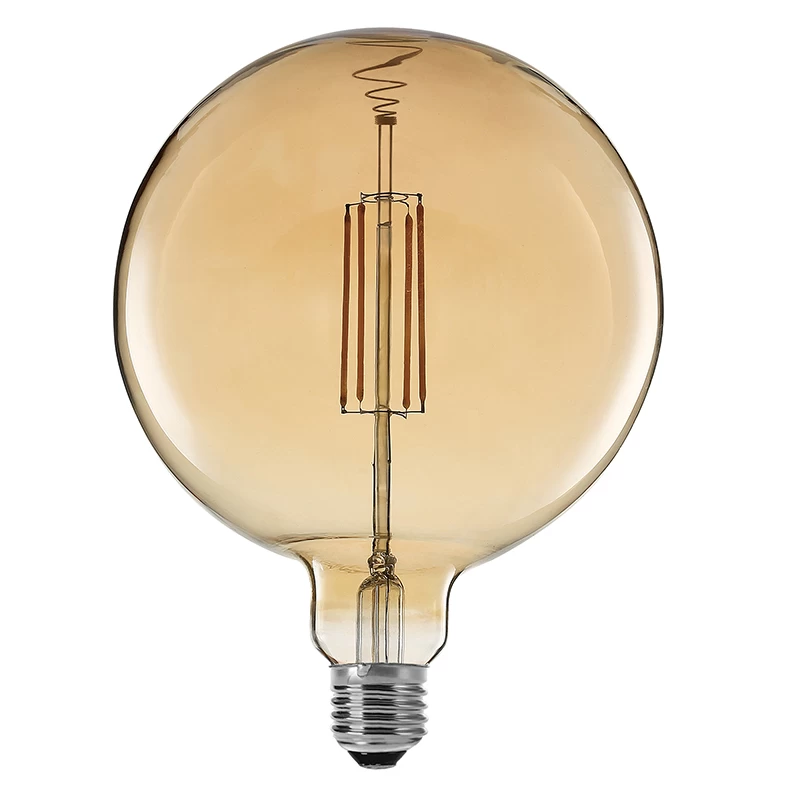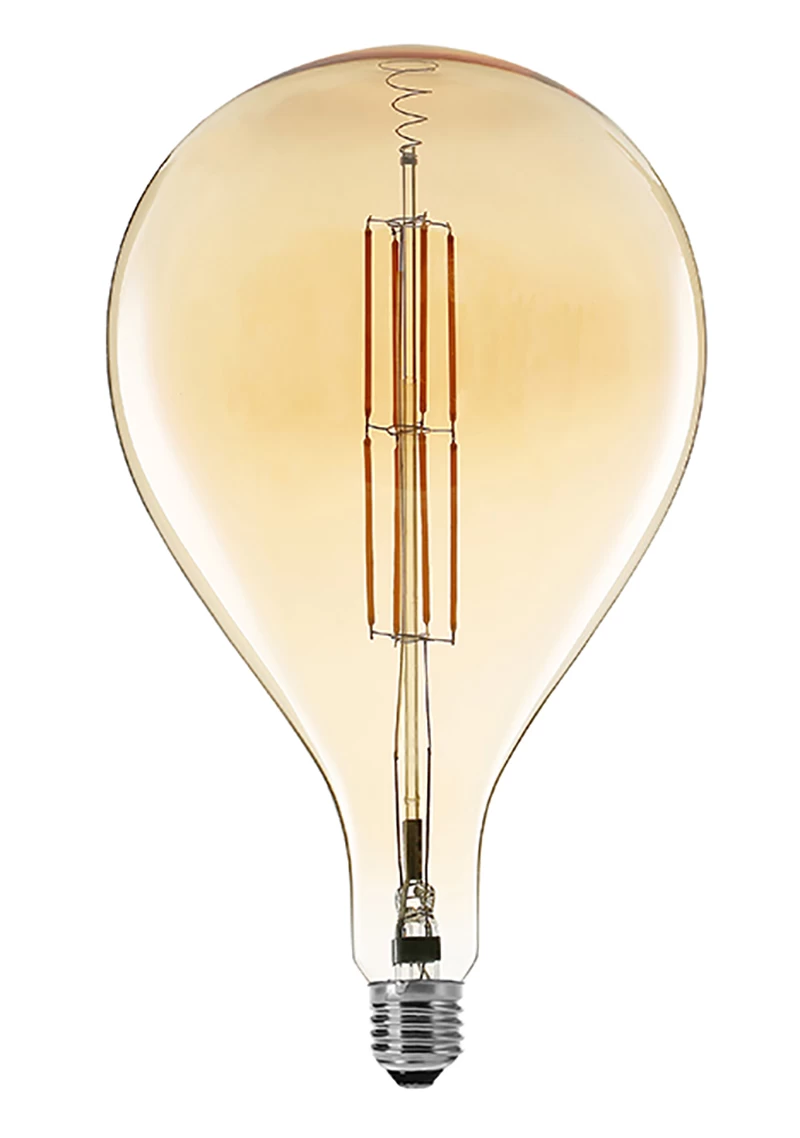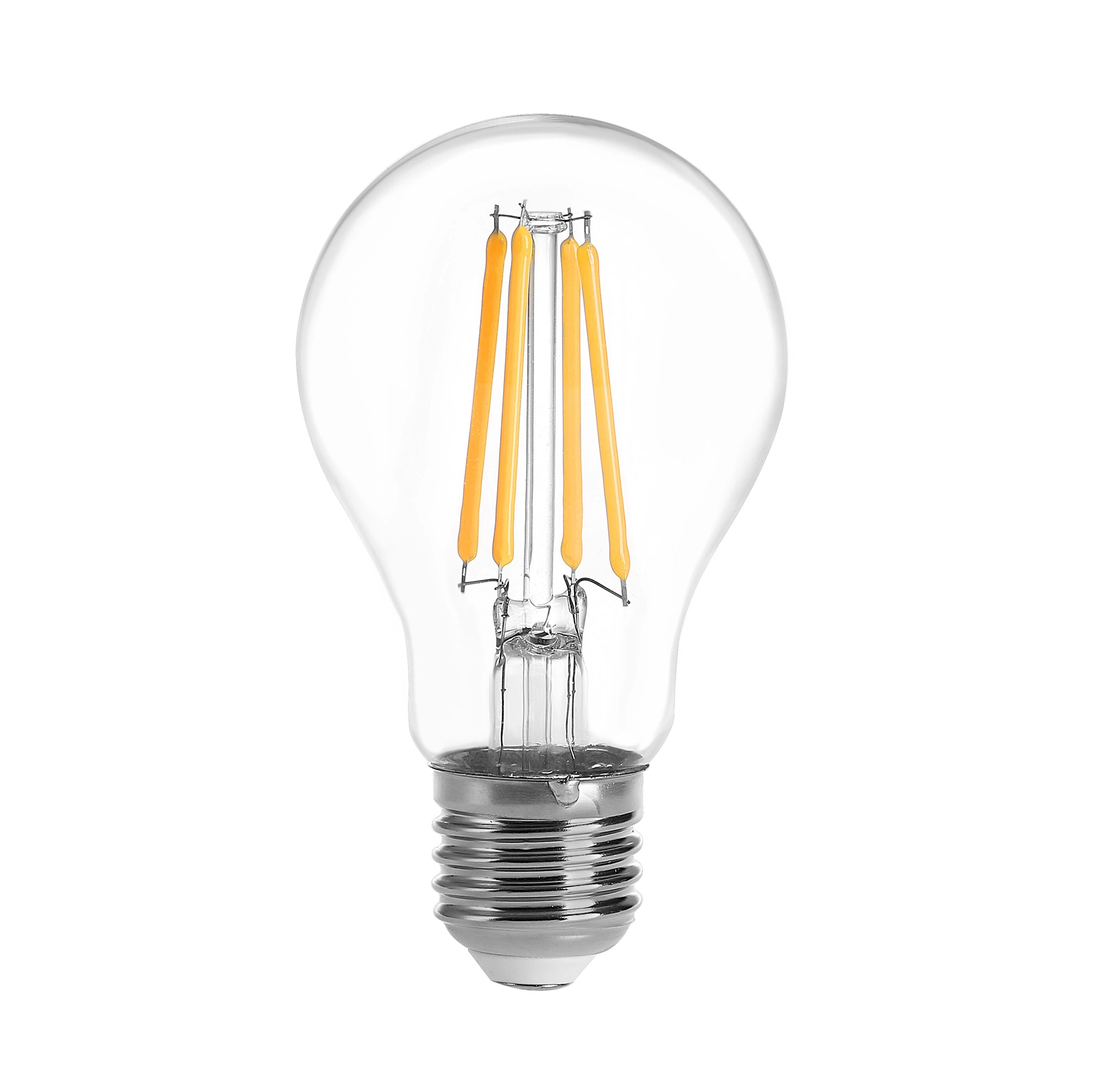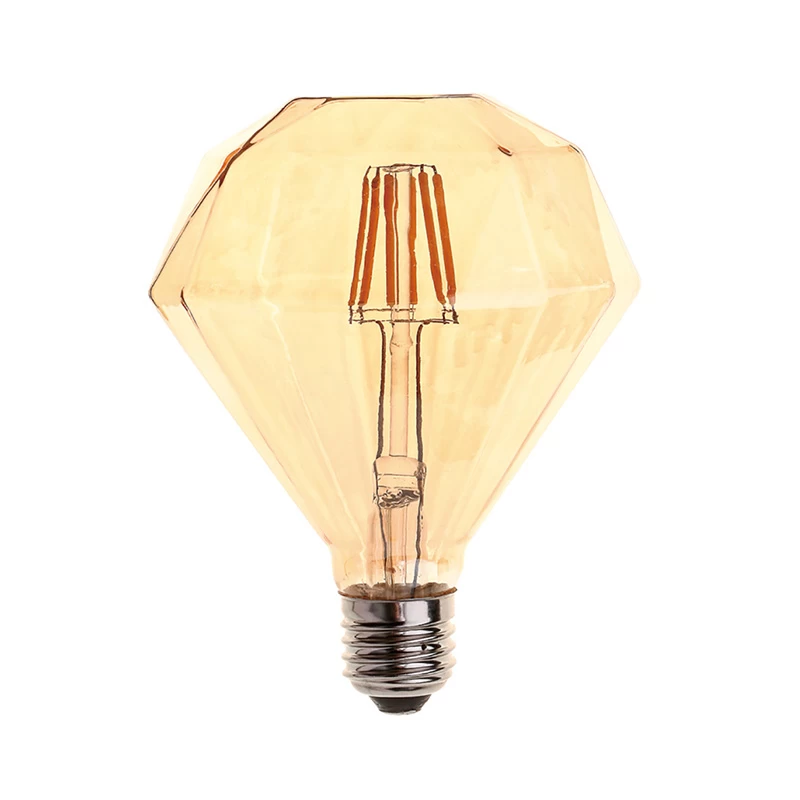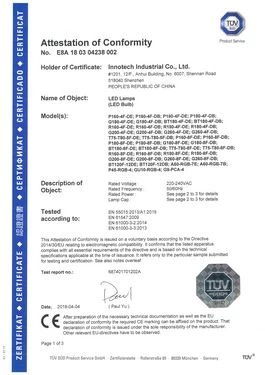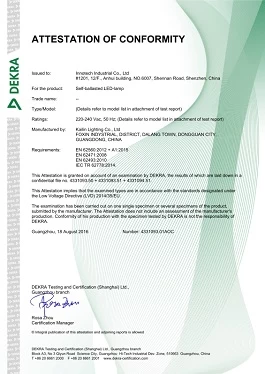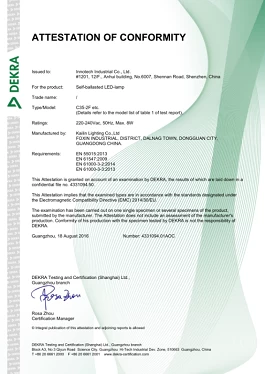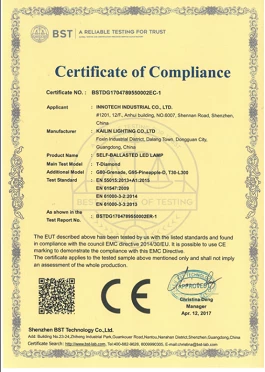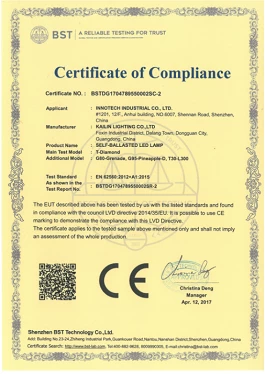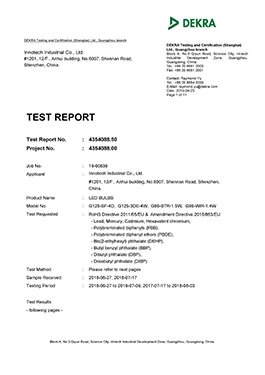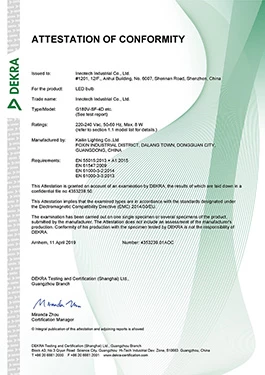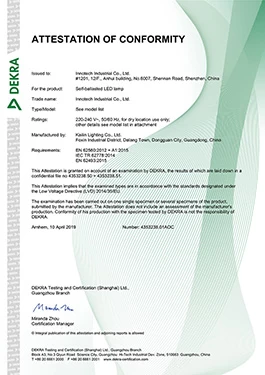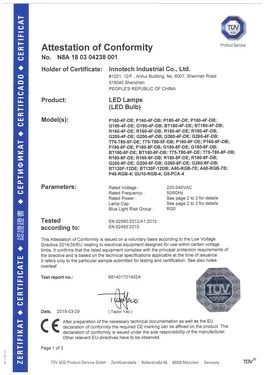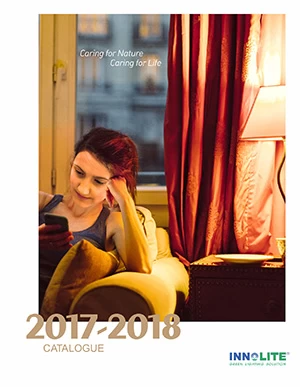Here are a few things to consider when choosing LED light bulbs...
Efficiency, Colour Temperature, Colour Rendering, Heat Output, lifetime, etc.
Three major trends of commercial lighting in 2018
Innotech
Innolite
2018-04-25 16:13:40
Intelligent Lighting Enables Internet of Things Applications
Lighting is everywhere and every fixture can be easily and reliably connected to the power supply. By adding sensors, LED technology(LED Edison bulbs Dimmable) and connectivity have changed our visual experience and interaction in the workplace. An intelligent, sensor-filled, connected lighting system will become a data-driven network that can be bound to an automated building management system (BMS).
Forward-looking building owners and facility managers will treat each light spot as a data node and may become an early adopter of emerging smart buildings and IoT applications. The connected lighting control systems they now choose for lighting and energy management will be the infrastructure for these applications.
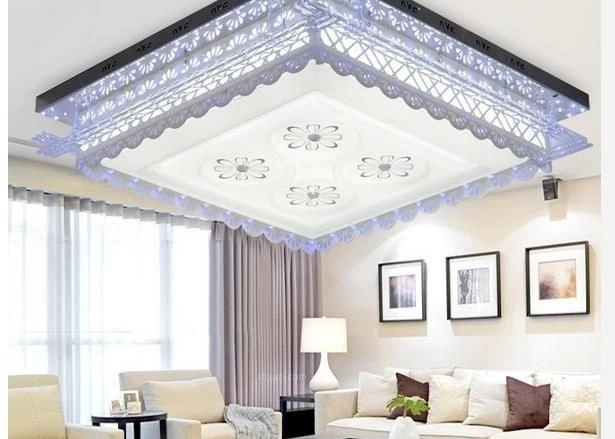 Continually spreading sensor
Continually spreading sensor
We are still at a pioneering stage in understanding which IoT applications will be launched and which sensor data will be necessary. In preparing the unknown infrastructure of the building, some facility managers hedged their bets by installing a greater number of sensors in the connected lighting management system.
In addition to light sensors and occupancy sensors, forward-thinking facility managers are experimenting with sensors such as relative humidity, particulate matter, and environmental pollutants. The awareness of the "as much as possible" sensor is gaining popularity.
“It is not surprising that lamps(vintage LED bulbs for home) are considered the ideal sensor deployment platform,” Groshart said. “Although no one knows the exact potential of each type of sensor, there is a general consensus among equipment managers of high-end design projects, especially The potential is set aside because no one wants to be left behind when everything becomes a reality."
Energy Consumption and Regulations
Although new energy regulations have been promoting digital lighting(outdoor LED String lights) over the past 10 years, we still need to mention it in the 2018 lighting trend list. In fact, energy consumption continues to influence many lighting design decisions, especially as regulations are updated and become more stringent. Many in the industry expect that the 2019 version of Title 24 will be effective on January 1, 2020, and that facility managers outside of California will be concerned about this update, as energy licensing may spread to other states.
Although the energy budget is still a key design parameter, experts believe that the new regulations should not prevent anyone from doing good lighting design. For example, they pointed out that ASHRAE (American Society of Heating, Refrigerating, and Air-Conditioning Engineers) Standard 90.1 has a 1 watt per square foot trim margin above the baseline quota, which allows lighting designers to strike a balance between energy regulations and customer expectations. .
Lighting is everywhere and every fixture can be easily and reliably connected to the power supply. By adding sensors, LED technology(LED Edison bulbs Dimmable) and connectivity have changed our visual experience and interaction in the workplace. An intelligent, sensor-filled, connected lighting system will become a data-driven network that can be bound to an automated building management system (BMS).
Forward-looking building owners and facility managers will treat each light spot as a data node and may become an early adopter of emerging smart buildings and IoT applications. The connected lighting control systems they now choose for lighting and energy management will be the infrastructure for these applications.

We are still at a pioneering stage in understanding which IoT applications will be launched and which sensor data will be necessary. In preparing the unknown infrastructure of the building, some facility managers hedged their bets by installing a greater number of sensors in the connected lighting management system.
In addition to light sensors and occupancy sensors, forward-thinking facility managers are experimenting with sensors such as relative humidity, particulate matter, and environmental pollutants. The awareness of the "as much as possible" sensor is gaining popularity.
“It is not surprising that lamps(vintage LED bulbs for home) are considered the ideal sensor deployment platform,” Groshart said. “Although no one knows the exact potential of each type of sensor, there is a general consensus among equipment managers of high-end design projects, especially The potential is set aside because no one wants to be left behind when everything becomes a reality."
Energy Consumption and Regulations
Although new energy regulations have been promoting digital lighting(outdoor LED String lights) over the past 10 years, we still need to mention it in the 2018 lighting trend list. In fact, energy consumption continues to influence many lighting design decisions, especially as regulations are updated and become more stringent. Many in the industry expect that the 2019 version of Title 24 will be effective on January 1, 2020, and that facility managers outside of California will be concerned about this update, as energy licensing may spread to other states.
Although the energy budget is still a key design parameter, experts believe that the new regulations should not prevent anyone from doing good lighting design. For example, they pointed out that ASHRAE (American Society of Heating, Refrigerating, and Air-Conditioning Engineers) Standard 90.1 has a 1 watt per square foot trim margin above the baseline quota, which allows lighting designers to strike a balance between energy regulations and customer expectations. .

 +
+




